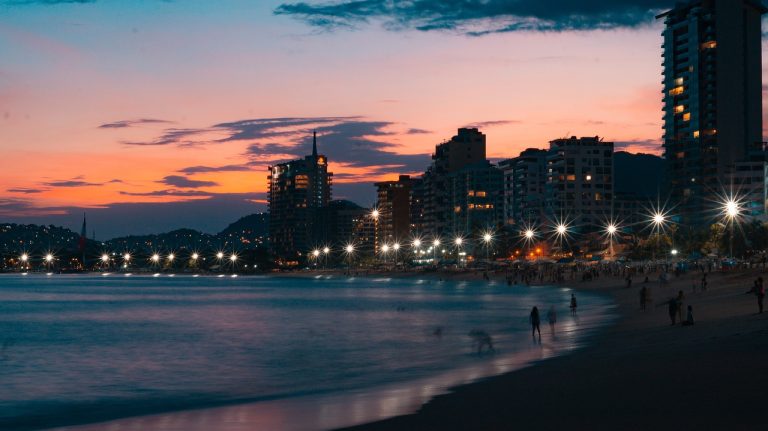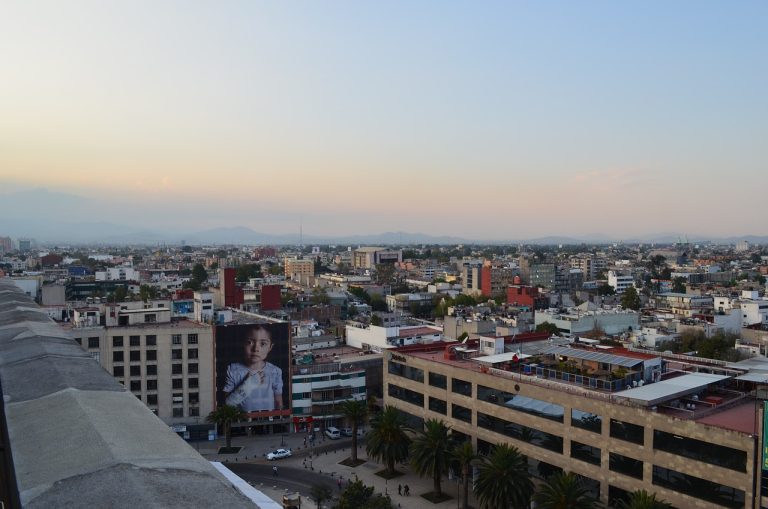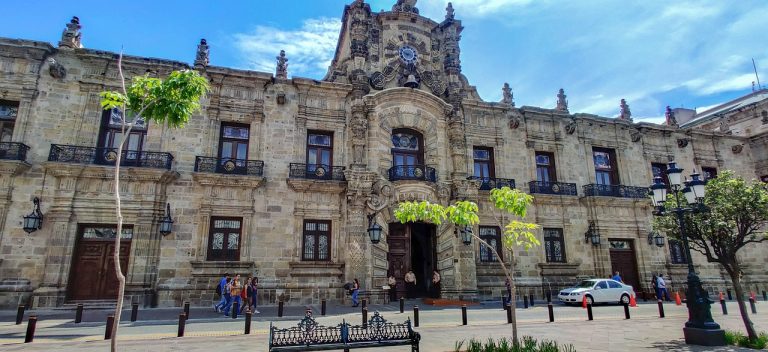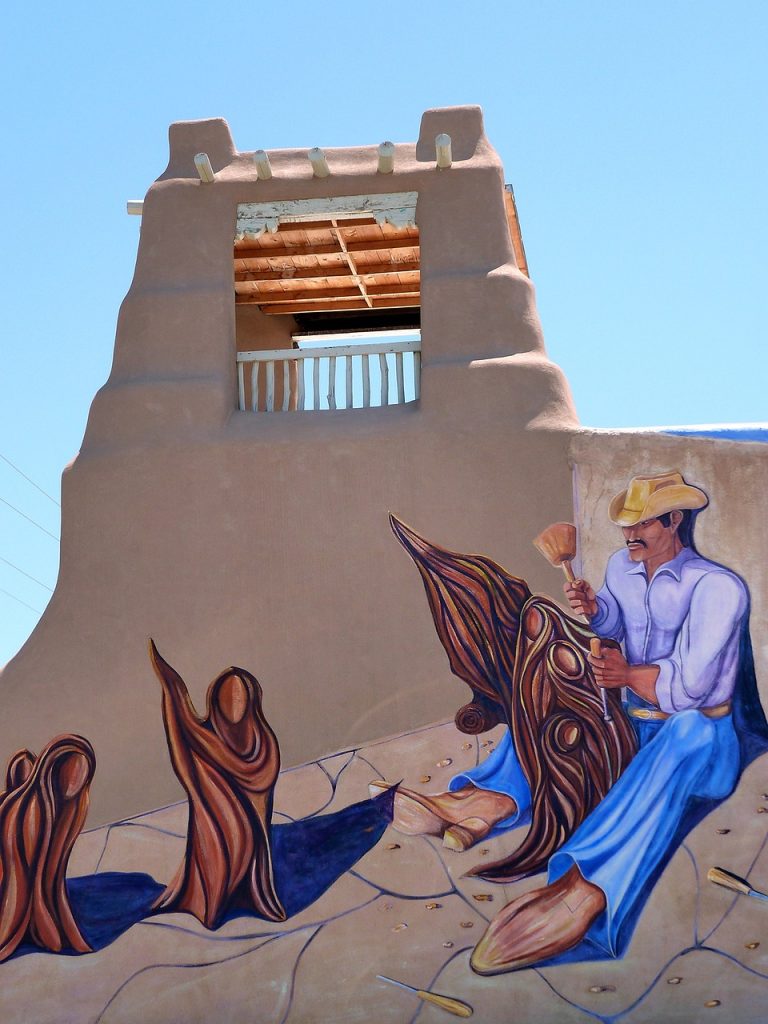Mexico City Mexico Video
Social and Cultural Impact of Mexico City Mexico
Mexico City, the capital of Mexico, is a vibrant and bustling metropolis with a rich history and diverse culture. It is one of the largest cities in the world, both in terms of population and area. With over 20 million residents, Mexico City is a melting pot of different cultures and ethnicities, making it a fascinating place to explore. In this article, we will delve into the social and cultural impact that Mexico City has had on its residents and the world.
The Historic Center: Preserving Mexico’s Cultural Heritage
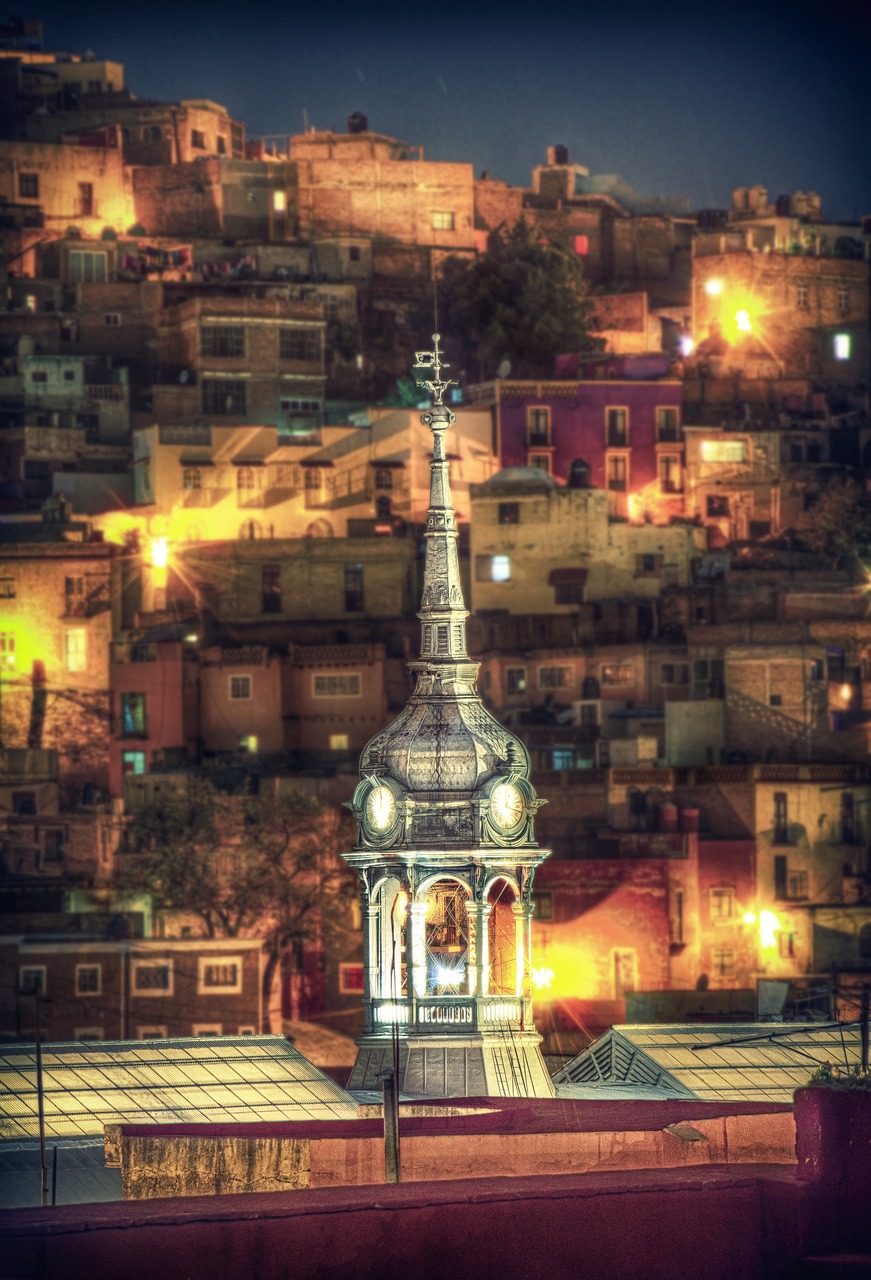
- Architecture: The Historic Center of Mexico City is a UNESCO World Heritage Site and is home to numerous architectural marvels. From the majestic Metropolitan Cathedral to the stunning National Palace, the buildings in the Historic Center reflect the city’s rich history.
- Cultural Events: The Historic Center is a hub of cultural activities, hosting festivals, exhibitions, and performances throughout the year. It is a gathering place for artists, musicians, and performers, showcasing Mexico’s vibrant cultural scene.
- Local Cuisine: The Historic Center is famous for its street food, offering a variety of traditional Mexican dishes. Visitors can taste authentic tacos, tamales, and churros while exploring the historic streets.
- Art and Museums: The area is home to numerous museums and art galleries, including the National Museum of Anthropology and the Palacio de Bellas Artes. These institutions preserve and exhibit Mexico’s rich artistic heritage.
The Impact of Teotihuacan: Ancient Ruins Shaping Modern Identity
- Archaeological Importance: Teotihuacan, located just outside Mexico City, is one of the most significant archaeological sites in Mexico. The ancient city’s ruins offer insights into the pre-Columbian civilizations that thrived in the region.
- Tourism and Economy: Teotihuacan attracts a large number of tourists, contributing to Mexico City’s economy. The site’s preservation and promotion have created employment opportunities and boosted the local economy.
- Cultural Significance: Teotihuacan’s influence can be seen in Mexican art, architecture, and religious practices. The Pyramid of the Sun and the Pyramid of the Moon, iconic structures of Teotihuacan, have become symbols of Mexican identity.
- Research and Education: The study of Teotihuacan and its civilization has advanced our understanding of ancient Mesoamerican cultures. Educational institutions in Mexico City offer courses and research opportunities in archaeology and anthropology.
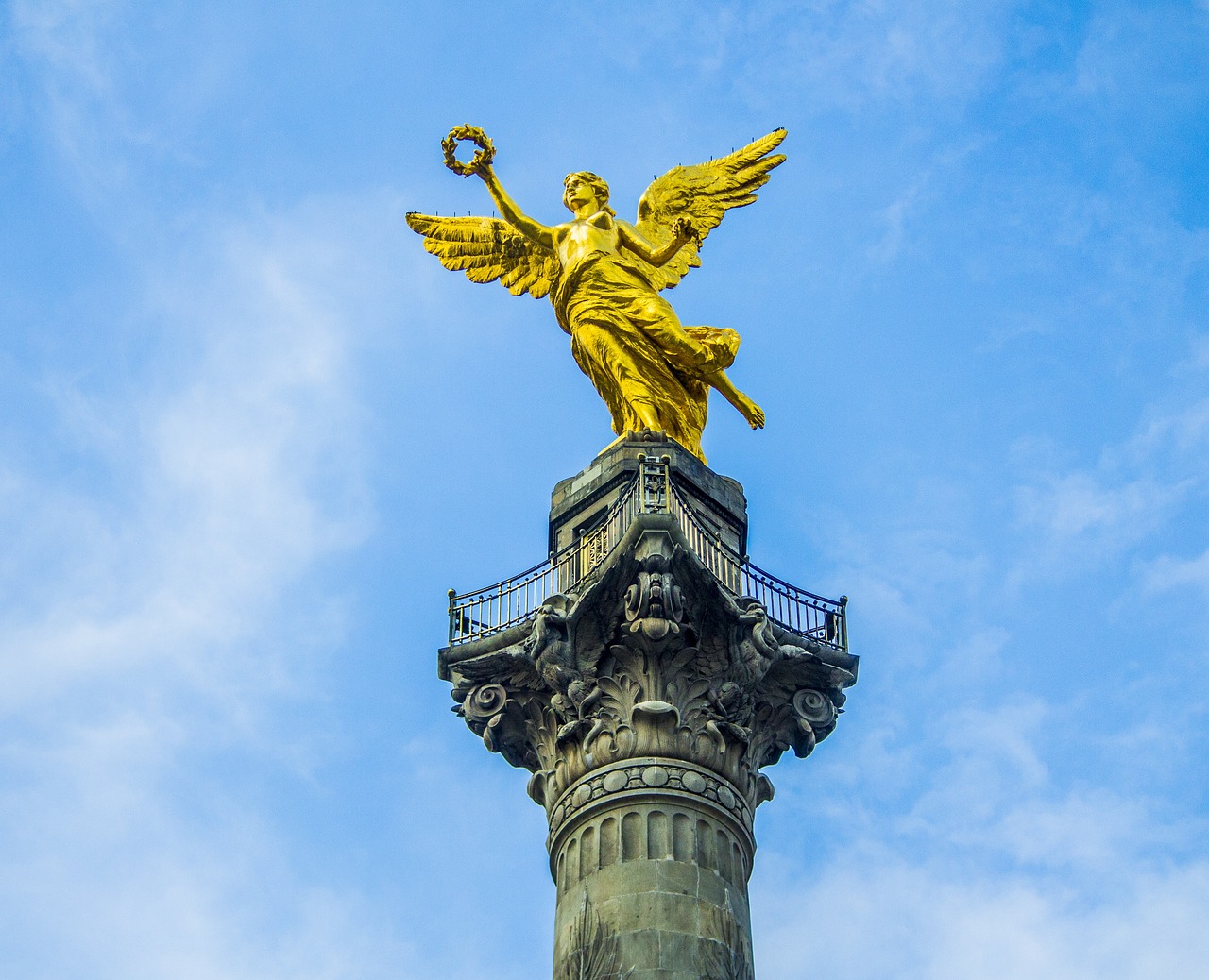
The Cultural Diversity of Neighborhoods
- Roma: The Roma neighborhood is known for its bohemian atmosphere, with art galleries, trendy cafes, and vibrant street art. It has become a cultural hotspot attracting artists and creatives from all over the world.
- Coyoacan: Coyoacan is a historic neighborhood that was once home to famous artists like Frida Kahlo and Diego Rivera. It has preserved its colonial charm and is known for its colorful houses and lively plazas.
- Condesa: Condesa is a trendy neighborhood with tree-lined streets, parks, and a vibrant nightlife scene. It is known for its Art Deco architecture and is a popular destination for young professionals and expatriates.
- Xochimilco: Xochimilco is famous for its canals and traditional trajineras, colorful boats used for leisurely rides. It offers a glimpse into Mexico’s indigenous heritage and is a UNESCO World Heritage Site.
Street Markets: Preserving Traditional Commerce
- La Merced Market: La Merced Market is one of the largest and oldest markets in Mexico City. It offers a wide variety of products, including fresh produce, traditional crafts, and street food. It is a vibrant hub of commerce and cultural exchange.
- Sonora Market: Sonora Market specializes in herbal remedies, traditional medicine, and occult items. It is a unique market that reflects Mexico’s spiritual beliefs and traditions.
- Tepito: Tepito is a bustling market known for its informal economy and street vendors. It is a vibrant and energetic place where locals gather to buy and sell a wide range of products.
- San Juan Market: San Juan Market is a gourmet food market offering a wide selection of high-quality ingredients. It is a favorite spot for food enthusiasts and chefs looking for unique and exotic ingredients.

The Impact of Street Art: Expressing Social and Political Messages
- Muralism Movement: Mexico City has a long history of muralism, with iconic works by artists like Diego Rivera and David Alfaro Siqueiros. Street art continues to be a powerful medium for expressing social and political messages.
- Public Spaces: Street art has transformed public spaces in Mexico City, turning once neglected areas into vibrant and colorful neighborhoods. It has brought communities together and sparked conversations about important issues.
- Tourism and Cultural Exchange: Street art has become a tourist attraction, with visitors exploring neighborhoods like La Roma and La Condesa to admire the murals. It has also provided a platform for international artists to collaborate with local talent.
- Preserving Cultural Identity: Street art often reflects Mexico’s cultural heritage and indigenous traditions. It helps preserve and celebrate the country’s diverse cultural identity.
Festivals and Celebrations: Showcasing Mexico’s Rich Culture
- Day of the Dead: Day of the Dead is a traditional Mexican holiday that honors and remembers deceased loved ones. Mexico City celebrates this festival with elaborate altars, parades, and cultural events.
- Independence Day: Mexico City hosts grand celebrations on Independence Day, with fireworks, music, and cultural performances. The main square, Zocalo, becomes the epicenter of the festivities.
- Carnival: Carnival is celebrated in various neighborhoods across Mexico City, with colorful parades, costumes, and music. It is a time of joy and celebration before the start of Lent.
- International Film Festival: Mexico City hosts an annual International Film Festival, showcasing the best of Mexican and international cinema. The festival attracts filmmakers, critics, and cinema enthusiasts from around the world.
Urban Development and Sustainability Initiatives
- Public Transportation: Mexico City has invested in improving its public transportation system, including the metro, buses, and bike-sharing programs. These initiatives aim to reduce traffic congestion and promote sustainable mobility.
- Ecological Parks: The city has established ecological parks and green spaces to preserve biodiversity and provide recreational areas for residents. Chapultepec Park, one of the largest urban parks in the world, is a prime example.
- Sustainable Architecture: Mexico City has seen a rise in sustainable architecture, with buildings incorporating green design principles and energy-efficient technologies. These initiatives promote sustainable development and reduce the city’s environmental impact.
- Waste Management: The city has implemented waste management programs to reduce pollution and promote recycling. These initiatives aim to create a cleaner and more sustainable environment for residents.
Conclusion
Mexico City Mexico has a profound social and cultural impact that extends beyond its borders. From its historic center to its diverse neighborhoods, the city showcases Mexico’s rich heritage and vibrant culture. Through preservation efforts, festivals, street art, and sustainable initiatives, Mexico City continues to shape its social fabric and contribute to the global cultural landscape.
References
- UNESCO World Heritage Center: whc.unesco.org
- National Institute of Anthropology and History: inah.gob.mx
- Mexico City Tourism Board: visitmexico.com
- National Museum of Anthropology: mna.inah.gob.mx
- Palacio de Bellas Artes: palacio.bellasartes.gob.mx
- La Merced Market: merced.gob.mx
- Sonora Market: mercado-sonora.com.mx
- Teotihuacan Official Website: teotihuacan.inah.gob.mx
- Chapultepec Park: chapultepec.org.mx
- Mexico City Metro: metro.cdmx.gob.mx


